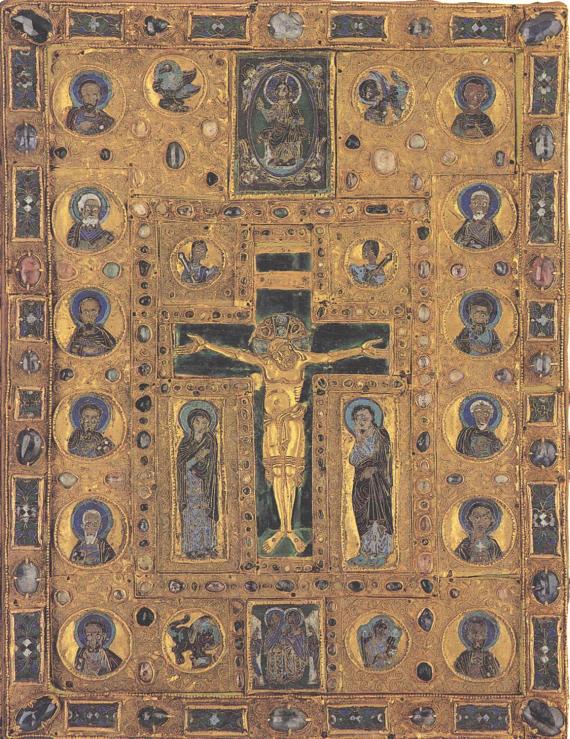Dictionary


Writing master, calligrapher
Writing masters, also known in Italian as calligraphici, were masters of beautiful penmanship and writing by hand who created typefaces in an artistic manner. Their writing was used as models by typefounders and printers. In the 16th century especially writing masters were important as the demand for professional scribes, notaries and secretaries grew with the upturn in mercantile activity. What is known in German as Fraktur, a form of black-letter typeface was dominant over roman type in the German-speaking regions during that century. However, the various countries increasingly turned to developing distinctive forms of writing of their own so that handbooks were called for. They explained the different types of hand-writing, dealing with quills, making ink, etc. The first attempts at producing handbooks of this kind (around 1460) were probably made in Italy. The earliest known German writing master is Johann Neudörfer (1497-1563) of Nuremberg. He produced the first sample book of hand-writing in 1519. It laid the groundwork for Fraktur typeface, which was predominant in printing Dürer's writings and, therefore, made Nuremberg the centre for German writing masters. The 18th century saw a proliferation of diverse forms of hand-writing and the concomitant emergence of typefaces of national and other origins in Europe, which however, gradually gave way to cursive or running script, also known on the continent as the "English hand". Even though the German-speaking countries still clung to their Gothic script, chancery script grew out of cursive writing and came to be used more frequently because its forms were so much simpler. From the 19th century English typeface models ("copperplate printing") were increasingly used. Finally, the implementation of lithography, which reproduces script less directly, put paid to the reign of the writing masters.
Writing masters, also known in Italian as calligraphici, were masters of beautiful penmanship and writing by hand who created typefaces in an artistic manner. Their writing was used as models by typefounders and printers. In the 16th century especially writing masters were important as the demand for professional scribes, notaries and secretaries grew with the upturn in mercantile activity. What is known in German as Fraktur, a form of black-letter typeface was dominant over roman type in the German-speaking regions during that century. However, the various countries increasingly turned to developing distinctive forms of writing of their own so that handbooks were called for. They explained the different types of hand-writing, dealing with quills, making ink, etc. The first attempts at producing handbooks of this kind (around 1460) were probably made in Italy. The earliest known German writing master is Johann Neudörfer (1497-1563) of Nuremberg. He produced the first sample book of hand-writing in 1519. It laid the groundwork for Fraktur typeface, which was predominant in printing Dürer's writings and, therefore, made Nuremberg the centre for German writing masters. The 18th century saw a proliferation of diverse forms of hand-writing and the concomitant emergence of typefaces of national and other origins in Europe, which however, gradually gave way to cursive or running script, also known on the continent as the "English hand". Even though the German-speaking countries still clung to their Gothic script, chancery script grew out of cursive writing and came to be used more frequently because its forms were so much simpler. From the 19th century English typeface models ("copperplate printing") were increasingly used. Finally, the implementation of lithography, which reproduces script less directly, put paid to the reign of the writing masters.
Offers
Headquarters
Joseph-Wild-Str. 18
81829 Munich
Phone: +49 89 55 244-0
Fax: +49 89 55 244-177
info@kettererkunst.de
Louisa von Saucken / Undine Schleifer
Holstenwall 5
20355 Hamburg
Phone: +49 40 37 49 61-0
Fax: +49 40 37 49 61-66
infohamburg@kettererkunst.de
Dr. Simone Wiechers / Nane Schlage
Fasanenstr. 70
10719 Berlin
Phone: +49 30 88 67 53-63
Fax: +49 30 88 67 56-43
infoberlin@kettererkunst.de
Cordula Lichtenberg
Gertrudenstraße 24-28
50667 Cologne
Phone: +49 221 510 908-15
infokoeln@kettererkunst.de
Hessen
Rhineland-Palatinate
Miriam Heß
Phone: +49 62 21 58 80-038
Fax: +49 62 21 58 80-595
infoheidelberg@kettererkunst.de
We will inform you in time.




